Math in Focus 5th Grade End of Year Review Answer Key
Math in Focus: The Singapore Approach (K-8)
NOTE: This is not the 2020 edition - - - Math in Focus is a programme incorporating the widely-used Singapore arroyo to math. Ii primal ways that the Singapore arroyo differs from more traditional programs are:
- Consistent utilise of models that permit students to tackle concepts that are normally delayed until afterward grades
- An accent on application of math skills to real-globe situations helps children become formidable problem solvers in real life
The question is non whether to use the Singapore approach, but which version you should choose: Primary Mathematics from SingaporeMath.com or this new Math in Focus?
The underlying philosophy of Math in Focus is the same as Primary Math. It has the same emphasis on integrating concepts and skills; the same arroyo of starting time with physical, then to pictorial, then to abstract; the aforementioned extensive problem solving using the famous bar models to tackle the tough questions. The scope of the program is substantially akin, as well. On the whole, I would say there is a bit more than material in MIF than PM. Sometimes this includes additional concepts, sometimes simply going deeper into a topic. While the sequence of topics corresponds for the almost part betwixt the two programs, I found a few places where it was different in the two levels I compared. These differences seemed limited to order of presentation within a grade rather than movement of concepts from one grade to another. MIF is CCSS-aligned, only in a comparison between it and Singapore Math Standards Edition, there only appears to exist about 10% new content at each form level, and these are all minor concepts and topics. The full general scope and sequence of the program has non been changed. To go a more detailed comparing of respective scope and sequences, you lot should visit the respective websites (world wide web.singaporemath.com and www.greatsource.com/mathinfocus) for a complete scope and sequence for each program. If you have previously used Master Math, the transition to Math in Focus should be a smooth one.
Basic materials also are like: both have two levels (A and B) of instructor editions, non-consumable educatee texts, and workbooks per course; and both accept additional materials such as extra practice books, assessment (test) books, and enrichment (challenging) books.
The main differences between the two programs are:
- The format / content of the Teacher Editions
- The presentation of lessons
- The amount of instructional material in the student text
- The integration of concrete (hands-on) pupil activities into the programs
- The graphic content / layout
- The incorporation of enrichment activities into the MIF program
- The larger size of the MIF plan
- The relative toll of the programs
First, the teacher editions. I recollect the authors of the PM instructor materials take washed an outstanding job. It is difficult to write a instructor edition apart from the development of the pupil materials. Since these are not the actual teacher materials used in Singapore, or fifty-fifty translations of them, it is no surprise that they are non quite every bit coordinated with the pupil materials as the Math in Focus teacher editions are. These were written specifically for the MIF program and in tandem with the pupil editions. As such, the fabric relates directly to the educatee text and workbook pages. This is a pregnant departure. In contrast, most of the actual teaching in the PM Home Instructor guides takes place earlier y'all even open the pupil text. The work done in the student text is more reinforcement of concepts taught exterior the scope of the text lesson itself. This puts a lot more of the teaching burden on the instructor. Yous must exercise the concept introduction, concrete modeling, and transition to pictorial before you "Have your student do tasks ___ , textbook pp.________".
The Math in Focus Teacher Editions begin, as most practice, with a program overview, which describes components of the programme, lists manipulatives (with suggested alternatives), includes a iii-grade telescopic and sequence, and detailed Table of Contents. Each chapter begins with an overview. It contains background information for instruction the lessons, cantankerous-curricular connections, and the location of "before" and "after" concepts for this topic. The Chapter Planning Guide is a tabular layout breaking the chapter into teaching units, showing for each the number of days it will take, instructional objectives, vocabulary, resource, materials needed, and how it fits into the NCTM standards. Its an "at a glance" overview. The actual lesson pages follow.
Information technology is important to annotation that the Instructor Editions refer to online resources (specifically Think Central) that are not available to homeschoolers.
Different the PM program, the MIF Teacher Edition includes reduced images of both pupil text and workbook pages (with all answers printed in cherry-red). I notice it difficult to teach effectively without my own copy of student materials, and then I appreciate having it all in one place so Im not juggling books while instruction. Teaching instructions announced directly beneath the corresponding student text page. These include concept information, directions for teacher-led and/or student activities, and discussion (which is adequately scripted).
The lesson presentation is very organized, with several standard elements in each affiliate, regardless of grade level. Showtime, there is ever a Chapter Introduction which coordinates with the introductory page in the student text. Every bit an example, lets look at the Affiliate Introduction to "Subtraction Facts to ten" in the 1A volume: The student text page shows a boy in three frames: walking with five stickers in open paw; three of them dropping into an open up grate in the sidewalk; with two of the 5 stickers (sadly) left in hand. It has a box at bottom left, delineating the chapter into 4 lessons and a "Big Idea" box at bottom right telling the pupil "Subtraction can exist used to find how many are left." Next is a Recall Prior Knowledge section. These educatee text pages review concepts learned previously that are prerequisite to understanding fabric introduced in this chapter. Teaching instructions coincide, oft including manipulative work for the student. Immediately following, theres a Quick Check with several questions to appraise whether the student is ready to continue or needs additional review. (If needed, an boosted pre-test is available in the Assessments book). When readiness is affirmed, affiliate lessons begin. For each, the teacher edition details lesson objectives, analogous resources, vocabulary, materials needed for each day, and provides a 5-minute Warm Up activity. The 5-infinitesimal Warm Up activity introduces and prepares students for the lesson. These generally involve piece of work with concrete objects (linking cubes, counters, etc.) but, at higher levels can include "teaser" problems or questions. This is in sharp contrast to the heavy pre-text activities in PM. A lesson introduction in the student text states objectives and previews vocabulary. From here, lessons may vary, though the concrete to pictorial to abstract philosophy is ever-nowadays and more integrated into the student text itself. Nigh lessons consist of several Learn and Guided Practice segments, interspersed with a variety of other components. Learn boxes introduce, explicate, and model each concept. These correspond to lesson objectives and contain a heading revealing what the focal skill is. For example, In the "Ways to Subtract" Lesson, the kickoff taught concept is: "You can subtract by taking away." The skill is then illustrated, modeled and explained, showing footstep-by-step the related math techniques.
Guided Do segments most always follow the Learn segments. At the lower levels, they usually photographically portray manipulative work used to solve problems. Correlating teacher edition instructions guide the teacher in use of respective manipulative work. At upper levels, these may exist problems to work relating to the Acquire segment. For case, in the Algebra chapter lesson (grade v) "Using Letters as Numbers," the Learn teaches "how to write a numerical expression to testify how numbers in a situation are related." It uses the example of computing a persons age next year and ii years agone. It is followed past a second Acquire segment explaining how to "Use variables to stand for unknown numbers and form expressions involving addition and subtraction". This expands on the starting time segment as 2 students hash out how to compute their teachers age in these cases, without knowing his age now. It shows how a variable tin be used to construct an algebraic expression to solve the problem. The Guided Practice follows upwards with a table presenting different situations (Now, 4 years from now, 10 years from now, five years agone, 8 years ago) and asking a pupil to supply the appropriate algebraic expressions (the 10 for Now is supplied). Other lesson components include several of the following:
- Lets Practice reinforces with addtional do issues. When students can successfully solve these issues, they are prepare for independent work in the pupil workbook
- Hands-On Action reinforces skills, concepts and problem-solving strategies, using manipulatives. These testify the items to use, how to use to solve problems, and so provide several boosted problems for contained piece of work.
- Game breaks up the bookwork with a fun game using the target skill.
- Lets Explore! uses a discovery approach to learning. By working through the activity, the student will discern a concept, human relationship, strategy, or principle.
- Math Journal helps children put math concepts into words. As you might expect, these require much less writing in the earlier grades.
Most lessons cease with a Lets Do leading into On Your Own assignments in the student workbook.
Chapters usually consist of two-vii lessons and end with a Put on Your Thinking Cap! activity. These draw on both previous knowledge and skills acquired in the chapter to resolve challenging problems, combining problem-solving strategies with critical thinking skills. Its a little similar pages from a Critical Thinking Press book were purposely bound in. Think of these as enrichment exercises congenital right into the class. Accompanying teacher education includes skills required to solve the problem and how to direct your child through the thought process equally needed. These activities also have workbook follow-up pages. A Chapter Wrap Up recaps all of the concepts and skills learned in the chapter. At most levels, this is followed by a Chapter Review/Test right in the student text. At early on levels, the chapter review/test is contained in the student workbook instead (probably to avert having to rewrite the bug). The Assessments books also comprise a exam for each chapter in the student volume.
A lot of the aforementioned components be, in some form, in the PM program. Hands-on activities, games, enrichment, give-and-take, and exploratory exercises are all detailed in the teacher books, along with most of the lesson instruction. There is but less reliance in the MIF program on the instructor getting skills and concepts across before using the text pages; in fact, didactics takes place aslope and respective to the student text. Because of this, the text has a more ordered and systematic feel compared to the PM texts. And then, if you are not going to actually read through and teach from the instructor guides, you will be better off with this program. While it is not intended to exist self-instructional, your educatee will have more complete guidance directly in the educatee materials. And, in one case you have finished the lesson, he will take more to refer back to, should he have a question or need clarification.
While both programs sport full-color student texts, Math in Focus uses more photographic, real-life images and fewer cartoonish renderings, giving them a more grown-upwardly look. This is especially attractive where manipulatives are used to demonstrate a concept. Equally they say, "a picture is worth a thousand words." MIF has even replaced most of the Singrapore math signature "talking heads" (shoulder-upwards illustrations of children "talking" or "thinking" via discussion bubbling to identify concepts, explain processes, even provide instruction) with photographic images of real children instead. While lower-level student texts in both series are more than heavily graphic, I experience that the balance is better in the MIF program. Too many large illustrations can overwhelm and distract.
Since all of the Main Math books are smaller format, these more typically school-sized materials seem all the larger. MIF instructor editions are oversized, spiral bound books (increased width needed to fit student pages side past side). They are also much longer than the respective PM instructor guides, over again largely considering of the inclusion of reduced images of all student pages. The full-sized MIF student texts are hardbound, which not only makes them more than durable, but makes them heftier. With so much more than instructional material in them, they contain about double the pages of their PM counterparts. This page count difference does not deport over to the pupil workbooks, however, which are more similar in length (PMs may even take slightly more pages).
Reviews are as well implemented differently in each series. Whereas MIF has a review of previously-learned textile at the beginning of each chapter, PM (beginning in grade ii), generally has a cumulative review at the end of a unit, which is also echoed in the workbook. MIF has a distinct chapter review and test at the terminate of each chapter. Workbooks contain cumulative reviews after every two chapters (for only those two chapters). Each workbook also contains a cumulative test at the end of the volume; Workbook A a Mid-Year and Workbook B an Stop-of-Year review. Both programs have an optional examination book also. MIF calls this the Assessments book. Information technology contains a diagnostic review for each affiliate (mentioned earlier), "Benchmark" cumulative assessments to exist taken midway through each text, and Mid- and End-of-Year cumulative tests.
A last difference between the programs is price. While workbooks and pupil books are fairly close in price, the teacher editions are not. If you deduct the separate prices of educatee text and workbook from the Homeschool Kit price, youre nevertheless left with a considerable difference. Youre in the ballpark if y'all plan on using the more than expensive Primary Math Teachers Guide instead of the Habitation Instructor Guide. Or, if you, like me, need a divide copy of pupil materials to teach with anyhow, the remaining difference wont buy you a meal. Y'all should also take into consideration whether you would need to use ancillary materials for either programme. Homeschool Packages include the Student Book, Workbook and Teachers Edition for 1 semester of a grade level (A or B). The Kindergarten Homeschool Packages include Part 1 and 2 of the Student Book and the respective Teachers Edition. Yous might want to note that the Teachers Editions are non available separately; they are only found in the packages.
Total year packages are also now available with a parent reply key instead of the Teachers Editions. Reply keys (bachelor for Grades Thousand-5) contain reduced educatee pages and answers to the student textbook (in the front end) and workbook (in the back). Packages with Answer Keys include Student Book A & B, Workbook A & B and the parent reply key. Answers for Grades vi-viii are but institute in the Teacher's Editions. Educatee packs are also available. These packs include educatee textbooks and workbooks for both semesters and the assessments book. At the kindergarten level, the teacher edition is included because of the interactive nature of the lessons.
The sixth grade level has been added to the series, Course 1. Using the aforementioned arroyo and format found in the previous levels of the class, students will learn about positive and negative numbers, multiplying and dividing fractions and decimals, ratios and rates, percents, algebraic expressions, equations and inequalities, coordinate plane, perimeter, area, volume, statistics, and measures of central tendency. Each homeschool kit includes the hardcover teacher edition and hardcover student edition (nonconsumable text) for one semester. The assessment book is sold separately and includes content for both semesters. Extra Practice books for each semester and a Blackline Activities book is available but optional. This is a needed improver to the series earlier moving on to higher level math. The Reteach Workbooks correspond to the capacity in each level of the Student Book/Workbook. They provide examples with guided instruction along with additional practice issues. These serve the needs of some students who just demand additional work on most concepts for mastery. Answers/Solutions are found in the dorsum of each volume. 210 pgs, pb.
In a nutshell, while the core content and philosophical approach of these Singapore programs is much the same, the implementation is not. So, my best communication? Go yourself to a curriculum fair and look at the programs side past side. Then you can decide the best fit for your didactics style and your child.
Note: Not included in the comparison in a higher place is the Math in Focus Kindergarten program, as information technology is much different in both format and presentation than the rest of the elementary program. The four-part educatee book is a worktext. Education instruction is all in the Teacher Edition, and consists of "Investigate," "Observe," "Explore," and "Apply" activities. As with the elementary levels, teaching instructions are correlated to student text pages. Lessons are detailed andscripted. Many reference a corresponding "Big Volume." Some of the Big Book pages are larger reproductions of pupil text pages; for others, you tin can use the reduced copy in the teacher editions. Dissimilar the other MIF books, educatee books incorporate colorful illustrations rather than photographic images. The books have a "cute monster" theme carried throughout. Since in that location is no Primary Math kindergarten level, I deceit really compare content or presentation. For a detailed scope and sequence, refer to the publishers website.
Also Note: We have assembled manipulative kits for all levels of this program.

Retail: $55.53
Our Price: $41.65

Retail: $17.40
Our Price: $13.05
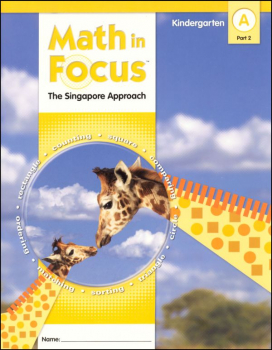
Retail: $17.40
Our Price: $13.05
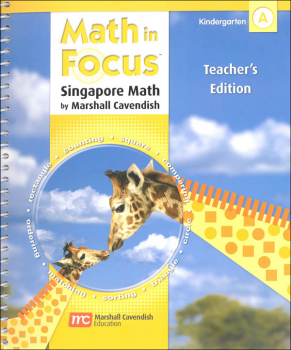
Retail: $198.00
Our Price: $148.50
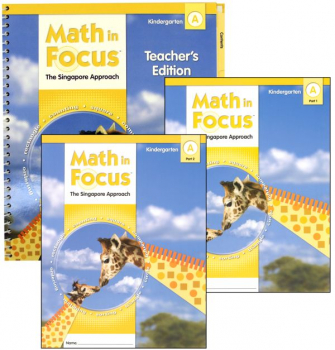
Retail: $173.05
Our Price: $113.fifty
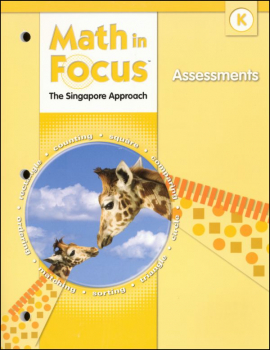
Retail: $76.73
Our Cost: $57.55
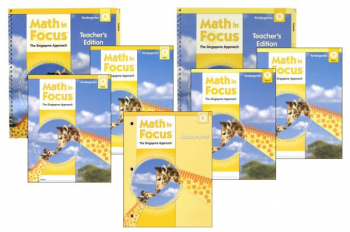
Retail: $374.80
Our Price: $274.95
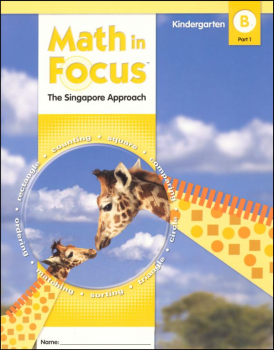
Retail: $17.xl
Our Price: $thirteen.05

Retail: $17.40
Our Price: $thirteen.05
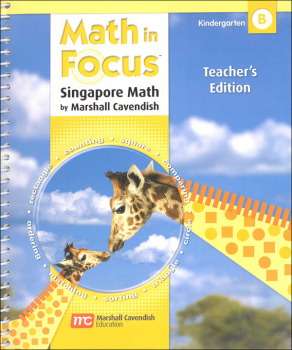
Retail: $198.00
Our Price: $148.50
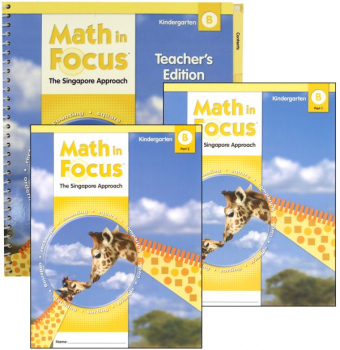
Retail: $173.05
Our Cost: $113.l

Retail: $68.47
Our Cost: $41.95
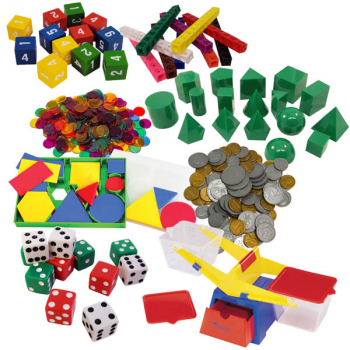
Retail: $87.42
Our Price: $61.x
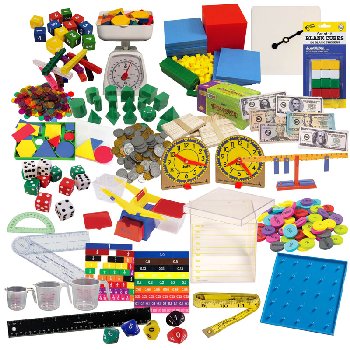
Retail: $225.24
Our Price: $148.00
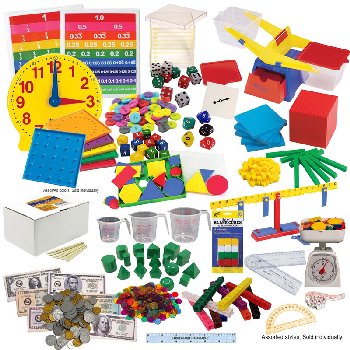
Retail: $241.02
Our Price: $156.00
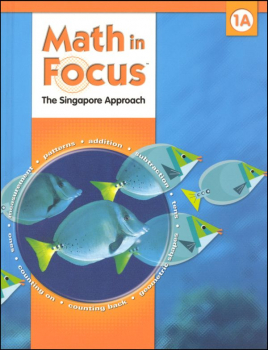
Retail: $41.00
Our Price: $30.75
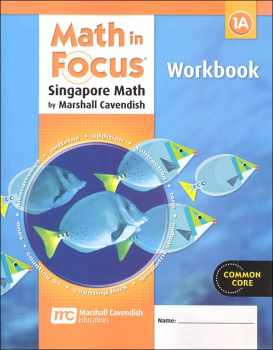
Retail: $19.lx
Our Price: $xiv.seventy
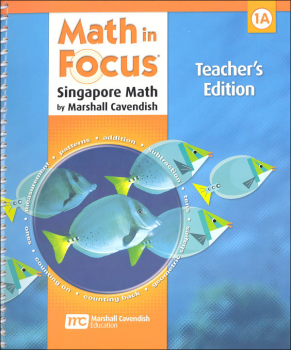
Retail: $197.lxxx
Our Toll: $148.35
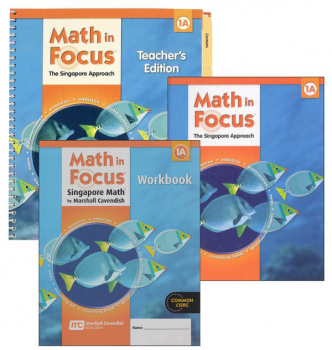
Retail: $192.05
Our Cost: $143.95
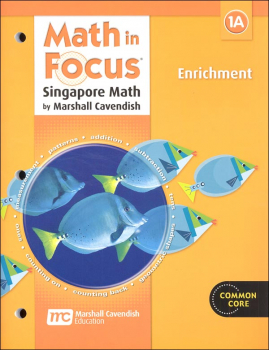
Retail: $48.00
Our Cost: $26.95
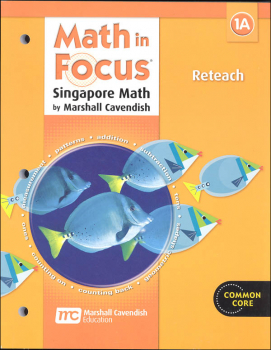
Retail: $48.00
Our Cost: $36.00
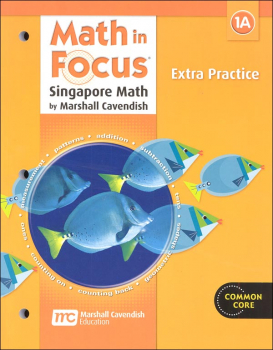
Retail: $48.00
Our Price: $26.95

Retail: $39.00
Our Price: $31.95
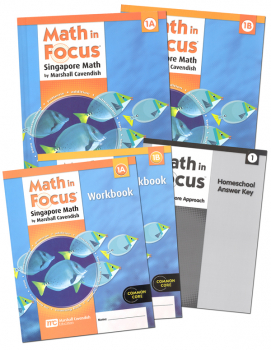
Retail: $196.65
Our Price: $119.00
assistance desk software
Source: https://www.rainbowresource.com/category/9221/Math-in-Focus-The-Singapore-Approach-K-8.html
0 Response to "Math in Focus 5th Grade End of Year Review Answer Key"
Post a Comment